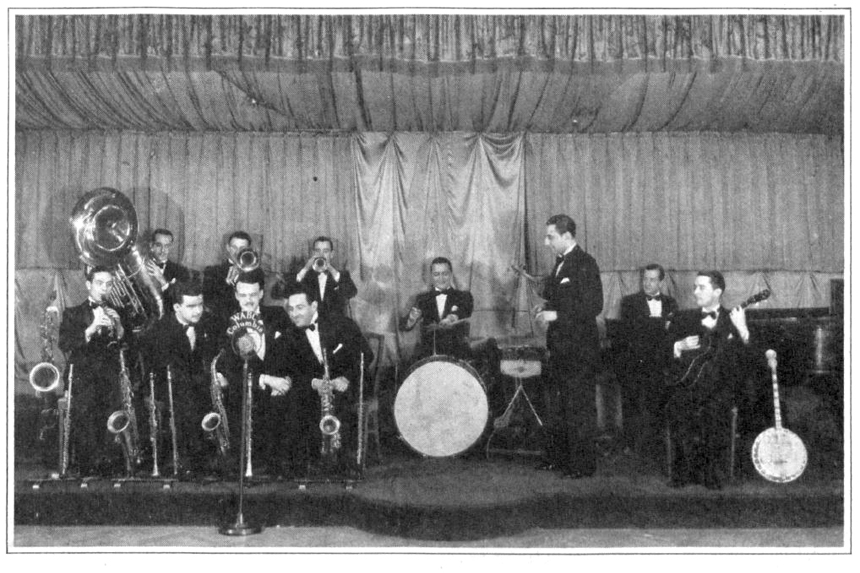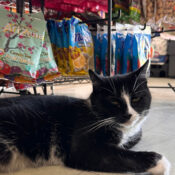Managing editor and logophile Andy Hollandbeck reveals the sometimes surprising roots of common English words and phrases. Remember: Etymology tells us where a word comes from, but not what it means today.
We’re less than a week away from New Year’s Eve, when people around the world will gather to count down to the beginning of the new year. As that counter hits zero, the air will be filled with renditions of “Auld Lang Syne,” that classic New Year’s anthem that millions of people recognize but few actually know the words to, much less what those words mean.
The lyrics to “Auld Lang Syne” are often attributed to a poem by the Scottish poet Robert Burns. But Burns was a great preserver of old Scots songs, and he says he recorded “Auld Lang Syne” in 1788 from an old man’s singing. The truth is likely somewhere in between: Burns didn’t write the original song, but he edited (or “mended”) it to his taste.
The words to “Auld Lang Syne” are written in Scots, which some consider a dialect of English and others consider a separate language. The phrase auld lang syne literally translates to “old long since,” a Scottish idiom meaning “old times’ sake.” In the original Scots, the first verse and the chorus of the song — which, unless you’re Scottish, are probably the only parts you’ll hear at a New Year’s party — go like this (according to Scotland.org):
Should auld acquaintance be forgot,
And never brought to mind?
Should auld acquaintance be forgot,
And auld lang syne.
Chorus:
For auld lang syne, my jo,
For auld lang syne,
We’ll tak a cup o’ kindness yet,
For auld lang syne.
The poem is about reminiscing with an old friend about happy times long past, but none of the verses specifically mentions the start of the new year. So how did the song become a New Year’s staple?
On December 31, 1929, Guy Lombardo and the Royal Canadians (shown in the picture above) were tapped to play a New Year’s Eve radio broadcast from the Roosevelt Hotel in New York City. Just after midnight, they broke into “Auld Lang Syne.” It was a hit, so a year later they did it again. Eventually, it became the group’s signature tune, which they performed every New Year’s Eve — first on radio and then on television — until 1976.
Today, Guy Lombardo — who died in 1977 with three stars on the Hollywood Walk of Fame — isn’t as well known as he once was. But the musical tradition he created nine decades ago lives in on celebrations around the world.
Become a Saturday Evening Post member and enjoy unlimited access. Subscribe now




Comments
Interesting piece on the Scottish origin of the famed New Year’s Eve song. Unfortunately the whole midnight shtick got old a long time ago, otherwise.